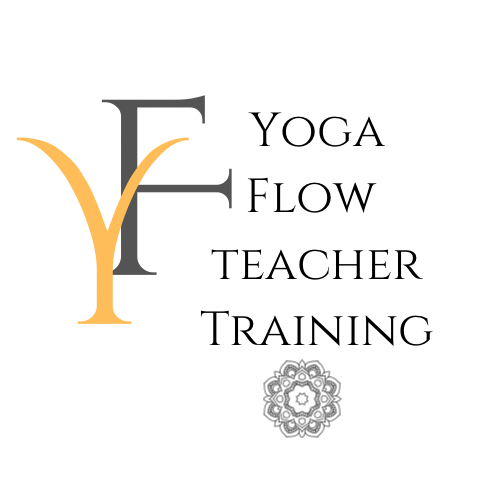History of Yin
History of Yin Yoga
Paulie Zink, born in 1954, is the originator of Yin Yoga.
Zink’s love for martial arts and Kung Fu led him to practice and study Taoist Yoga. Taoism, which originated in China, is now practiced around the world; its roots are based in the principles of Yin & Yang that rule our universe.
The philosophy of the Tao is a holistic understanding of how everything is interconnected. Zink began teaching this form of Yoga, which is beautifully balanced with Yin & Yang movements, in the late 70s.
Paul Grilley, a student of Zink’s, enjoyed Taoist Yoga but was more interested in floor postures held for several minutes. Grilley noticed how this style of Yoga increased his flexibility and helped deepen his meditation. Grilley began teaching Taoist Yoga in Los Angeles with an emphasis on anatomy, biomechanics, and skeletal variation.
Sarah Powers, Grilley’s student, began teaching this style of yoga in 1996. Powers compares this style of yoga with long, slow, seated postures to “needle-less acupuncture.” She started calling the style “Yin Yoga” and the name was born. Grilley offers plenty of gratitude to Dr. Motoyama for inspiration behind this evolving practice. Dr. Motoyama demonstrated “that meridians of acupuncture are water-rich channels in the connective tissues that interpenetrate all of the structures of the body.”
Yin Yoga is influenced greatly by two different ancient traditions, Indian Tantric Yoga & Chinese Taoist Philosophy. In Tantric Yoga, we call energy Prana, the energy centres are called Chakras, and Nadis are the channels where energy flows. Taoism calls energy Chi, the energy centres are called Dantians, and the energy flows though Meridians. We use both these ancient systems in Yin Yoga to navigate through our practice of asana, pranayama, and meditation learning to gain control of the prana/chi and dissolving any blockages we find physically, mentally, and emotionally. Yin Yoga is deeply connected to the meridian system in the human body. Meridians/Nadis are the lines of energy that flow through the body and affect various organs, circulation, and the state of your mental & emotional self. Paul Grilley’s analogy of Yin Yoga compares the meridian system in the human body to irrigation canals, “yin forms of yoga, dredge the canal of accumulated debris, and yang forms of yoga stimulate the flow of fluid through them.”
Yoga is the “yolking “or joining of dualities in body, mind and spirit, in order to transcend divisions and experience the oneness at the heart of existence. Hatha Yoga, for example, joins the solar or Surya energy “Ha” with the lunar or Chandra energy ‘”Tha”. The sun is yang; the moon is yin. Yin describes elements that are deeper, darker, denser, cooler, slower, more feminine, receptive and mysterious. The Yang world is brighter, hotter, higher, more active, masculine, fiery and obvious. Yin and Yang are relative terms: complementary and always changing depending on the context.
Taoism believes that opposites define each other, one cannot exist without the opposite, and this is Yin & Yang. Paul Grilley describes, “The Yang of an object is everything perceived by the senses. The Yin of an object is everything hidden from the senses. The epitome of Yang is a warm, bright, open hilltop. The epitome of Yin is a cool, dark, hidden cave. The sunny side of a hill is Yang; the shaded side is Yin. Anything closer to Heaven is Yang. Anything closer to Earth is Yin.”
